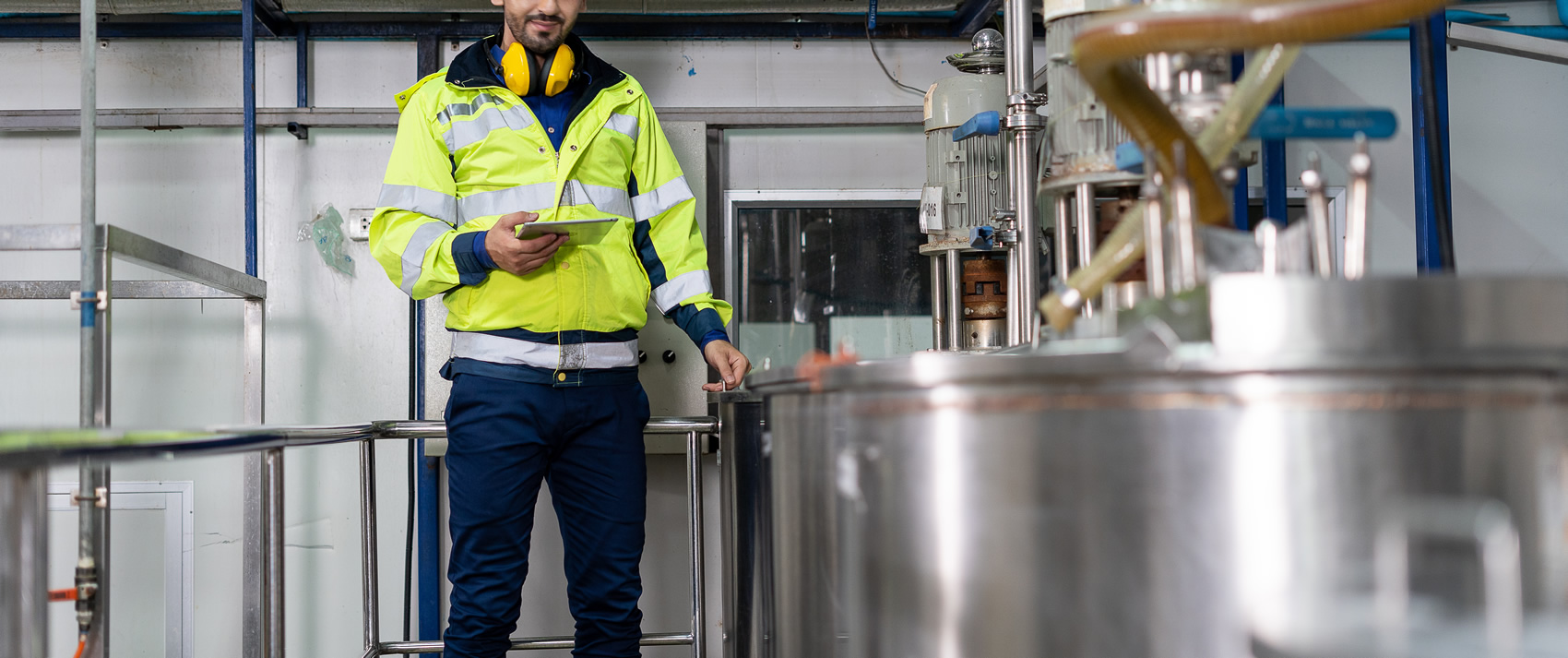Clean to Inspect for Best in Class Operator Care
Cleaning is an important first step in Operator Care and reliability gains because:
- Insufficient cleaning causes losses and
- The cleaning activity itself exposes hidden defects
Dirt in rotating parts, sliding parts, pneumatic and hydraulic systems, electrical and control systems, sensors, etc. causes malfunctions, reduce function, failure by wear, clogging, resistance, speed losses, etc. are different types of defects. Defects are anything that is abnormal from the expected ideal condition. Insufficient cleaning causes forced deterioration. All these losses are solved through a thorough cleaning of equipment and countermeasures to keep the equipment clean.
Defect Identification while cleaning
Since the key reason for cleaning is to identify abnormalities while cleaning, it is important to understand how to do this. Abnormalities will be found both while cleaning and ideally while the line is running since many abnormalities are undetected when the equipment is down. Anyone can find an abnormality through the use of their senses (touch, smell, see, hearing). Individuals on the team should become like human sensors. This thorough approach increases the chances of detecting hidden abnormalities such as abnormal vibration, noise, odor and overheating just to mention some. (Notice all of these can only be detected during equipment operations)
Today, many defects are hidden because the equipment is dirty. Equipment inspections fail to expose these “hidden” defects. By cleaning the equipment thoroughly, we expose every defect. The key concept is: Cleaning is Inspection. When we clean, we touch every part of the equipment and therefore inspect every part of the equipment. The analogy that is often used to describe this idea is that of washing your car. When you wash your car by hand, you see every dent & scratch.
This “inspection by cleaning” process is part of the daily work while operating the equipment. This skill is developed, practiced, and improved and it becomes part of daily work and is used throughout the entire plant.
Teams should expect to reduce losses as a result of their Operator Care activity. Daily equipment loss data provides the picture of current and ongoing losses. Priority can be put first on that part of the equipment that experiences the most losses.
Ongoing, daily data can then be used to:
- Assess loss elimination progress
- Review failures as they occur
- Focus the daily cleaning and inspection activities
Daily data should include things such as: Number of touches (the amount of times a person has to physically do something to keep the equipment running as designed), Number of minor stops, breakdowns, etc.
As they review the data, teams should ask themselves the following questions:
- Should our activities have prevented the loss?
- Was the loss caused by insufficient cleaning?
- Was there a problem we should have detected while cleaning, but failed to see?
- Are we cleaning and inspecting the right areas?
- If we found a problem did, we fix it in time, or was it fixed incorrectly?
- Is the cleaning we are doing having no effect on the operation of the equipment?
- Are we cleaning items more frequently than needed to maintain ideal?
From this assessment, the team should adjust their work.
They may need to:
- Focus their cleaning to inspect in critical areas
- Adjust how they are handling the problems they find
- Obtain some training on how to detect the type of problems that are causing the losses they have
Cleaning sounds easy but here are a few things to think about before you start cleaning:
-
- Preparation:
Most deep cleaning will require the operation to be down which means preparation is critical. The boundaries of the Operator Care activity need to be clear; before pictures should be taken, cleaning supplies(rags, cleaning solution) and tools should be available; safety maps and risk prediction forms should be available, MSDS’s should be reviewed for the cleaning solutions to be used.
-
- Cleaning techniques:
First of all, the most contaminated areas must be cleaned thoroughly. Following some tips to be considered during cleaning:
-
- Clean from top to bottom, center to outside in order to keep already clean areas clean.
- Touch every part of the equipment
- Lids and safety panels must be opened and internal parts of the machine inspected, cleaned, and checked for looseness of bolts, screws, nuts, photo-eyes, etc.
- Clean all auxiliary parts of the machine
- All objects near the machine that are not necessary must be eliminated.
- Closing out the cleaning activities:
3. After the team has completed the cleaning activity it is important that before they leave the area they:
-
- Check the area for tools, trash, etc.
- Capture after pictures
- Put supplies away
- Perform a test run
4. Turnover of cleaning activities to line operations:
At the end of a cleaning session, it is important to make sure that the equipment is ready for operation. A summary of the teams’ activities should be provided to the oncoming team in case issues arise later. Cleaning activities should not cause any type of loss to the line.
- The Cleaning should take place at the end of the shift with the goal of setting the next shift up for success.
And finally, keep a record of how much time your team is cleaning. All cleaning time is a loss; ideal is 0. Any progress to eliminate effort loss on keeping the machine clean should be captured.
